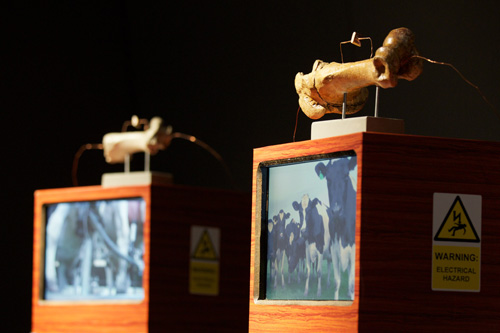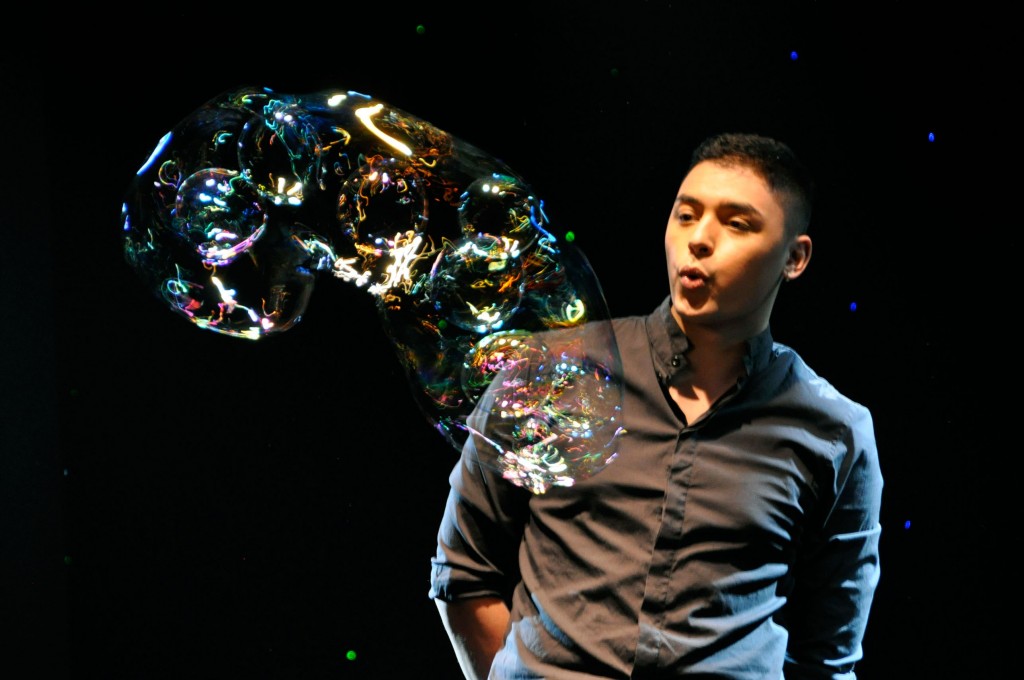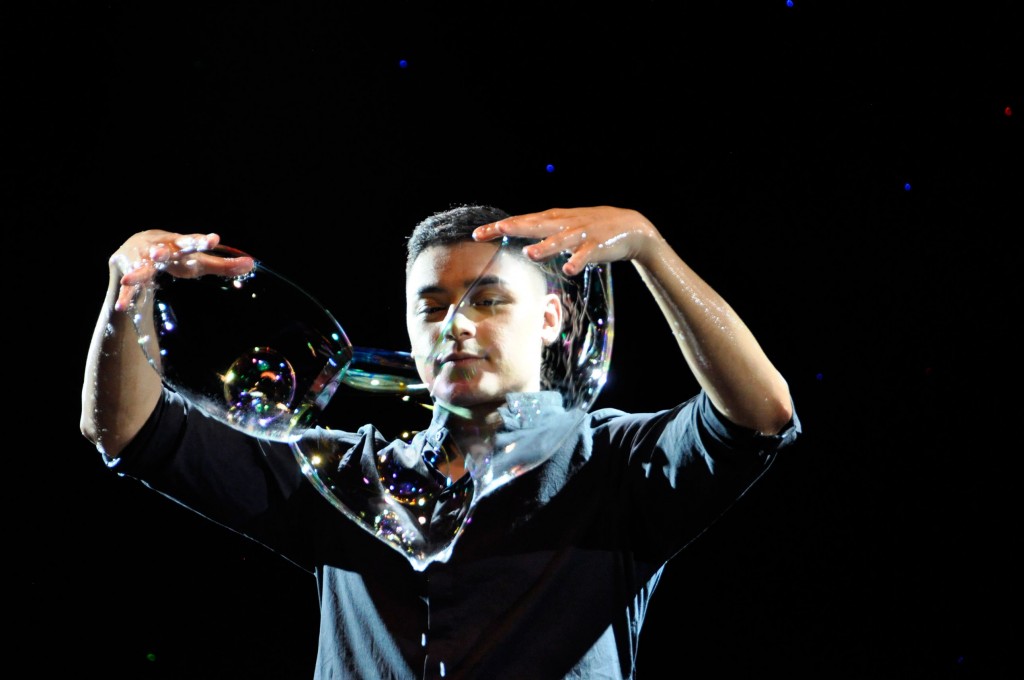This is my 4th year at UCLA,
however, I just visited the Hammer Museum for the first time a few
days ago!
When I first arrived at the museum, my
eyes were drawn to the spinning chairs that people were sitting in.
At the beginning, I was hesitant to start spinning because I didn't
want the chair to tip over, but it doesn't. I found out that the
Spun chair was part of British designer Thomas Heatherwick's
exhibition: Provocations: The Architecture and Design of
Heatherwick Studio. At the museum, I learned that Heatherwick
was inspired to make this chair after making observations of the
kinds of objects that can be produced using metal spinning, such as
gas cylinders. It is clear that math played a huge role during the
development of this chair, because the artist had to make sure that a
person would not fall out of the chair when he or she sits in it.
 |
| Me in one of the Spun chairs! |
Here is a video that shows the chair in action.
Another piece I was intrigued by was a
small model of rods similar to the ones found in the UK Pavilion in Shanghai, China. The
UK Pavilion, also called The Seed Cathedral, is a cube that is
covered in over 60,000 clear acrylic rods, with seeds at the tips of
the rods. During the day, the sunlight shines on the rods and lights
the tip with the seeds in it. I really like the way that Heatherwick
was able to incorporate nature into his art. After doing more
research online, I found out that this project was meant to question
the relationship between cities and nature. Specifically, seeds are
necessary for human medicine and the environment. Seeing these seeds
also made me question how many were genetically modified. The
pictures of the building looked amazing and I wish I would have been
able to see the UK Pavilion in real life. I bet it is fascinating!
 |
| The rods in the exhibit |
 |
| The actual UK Pavilion being built Photo courtesy of Shan Tara Feuerlein |
I really enjoyed this exhibition and am
so lucky I got to view it before it left the Hammer Museum!
Feuerlein, Shan Tara. "UK Pavilion Shanghai World Expo 2010 - CubeMe." CubeMe. N.p., 14 May 2010. Web. 25 May 2015. <http://cubeme.com/uk-pavilion-shanghai-world-expo-2010/>.
"Heatherwick Studio." UK Pavilion. Heatherwick Studio, n.d. Web. 25 May 2015. <http://www.heatherwick.com/uk-pavilion/>.
"Spinning on the Spun Chair." YouTube. YouTube, 5 Oct. 2011. Web. 25 May 2015. <https://www.youtube.com/watch?v=LCuirkW_z-k>.




















